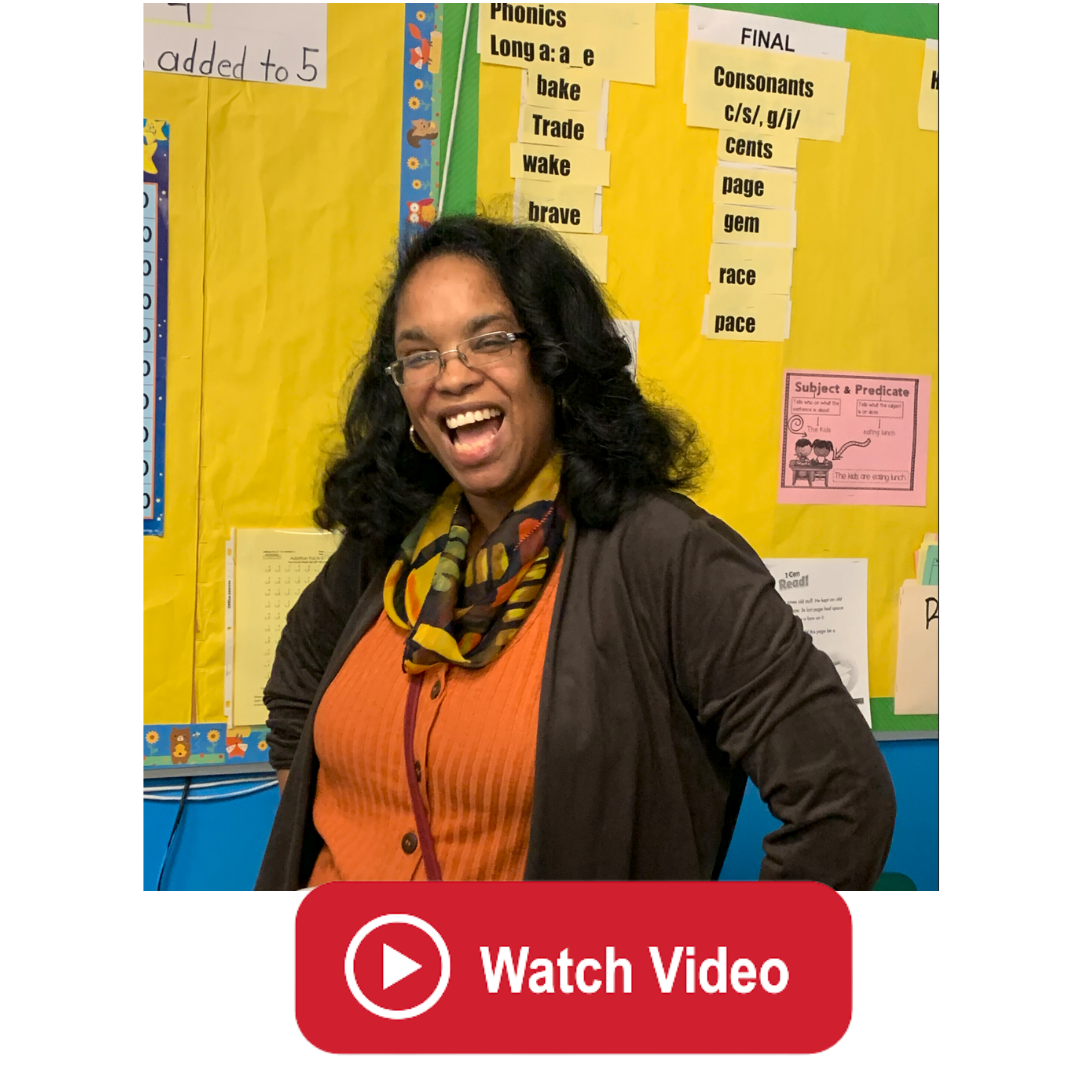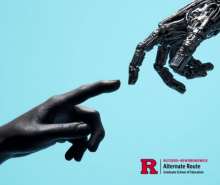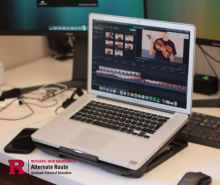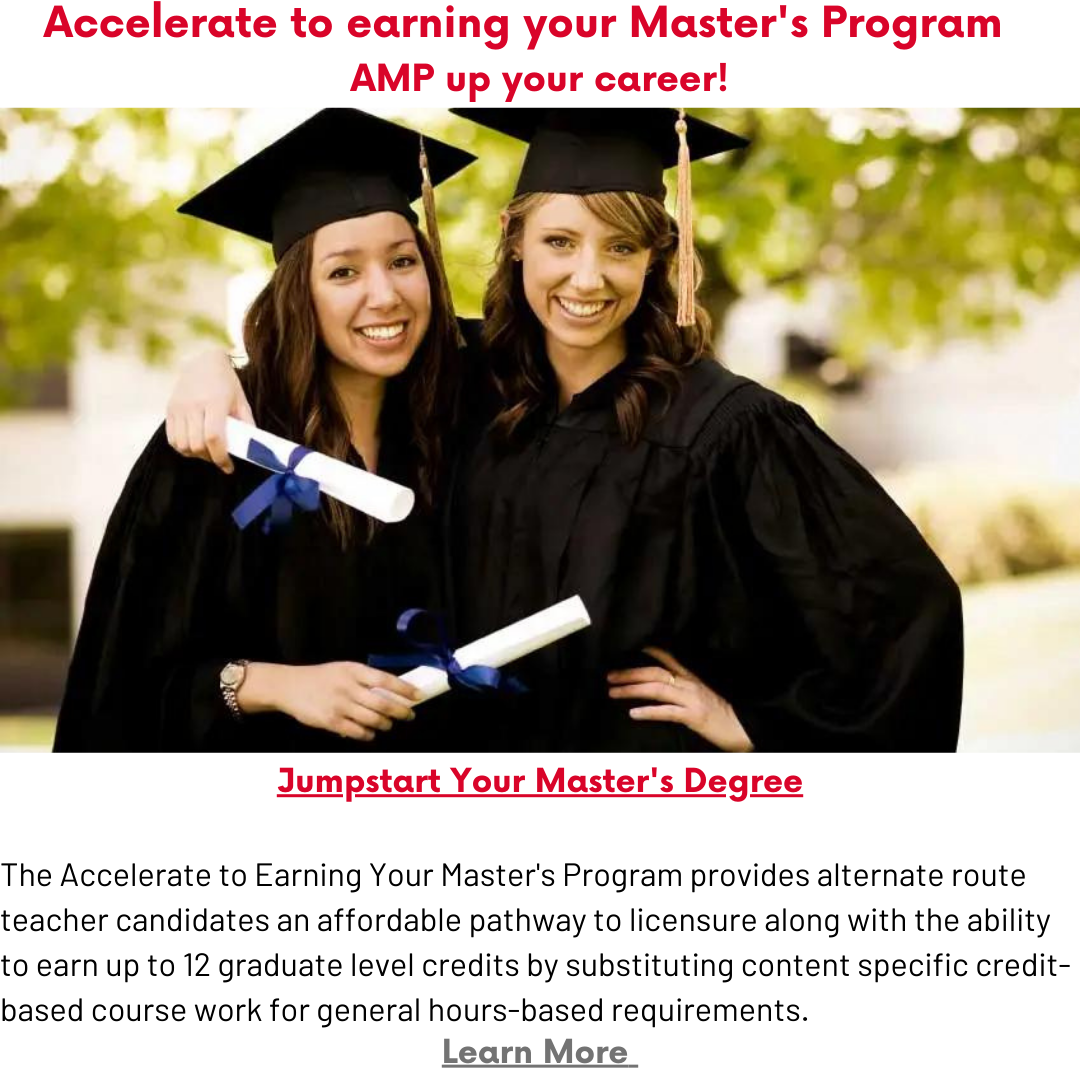10 Ways To Teach Math Literacy When You’re NOT The Math Teacher
All too often, teachers of diverse content areas rarely consider the development of math literacy as their responsibility. Perhaps that's because math has traditionally been taught in isolation from other content areas. Yet, the development of math literacy advances students' abilities to analyze, explain and reason—skills that support learning in all subjects. When teachers make cross-curricular connections between math and other content areas, they help demonstrate for students the relevance of math to their everyday lives. When weaved into other subjects, practical uses for math become more apparent to students. Mathematical skills and knowledge are also more readily transferred to long term memory—benefits for which math educators will thank their peers. This teaching practice both contextualizes learning for students, and stimulates the creation of neural pathways that enhance learning recall.
With so many benefits, it's important that teachers prioritize making cross-curricular content connections. Teachers enrolled in the Rutgers Alternate Route Teacher program recently explored methods for integrating math into lessons in Physics, History, Chinese and more.
Here are some of their reflections on the practice.
Implementing mathematics across the curriculum gives meaning to math. Saying something like y=mx+b, would mean nothing unless people can “visualize” that relationship. For a scientist, it makes sense that displacement=velocity*time + initial displacement, which means that the displacement is dictated by how fast something was moving and in what period of time, plus where that moving object started. However, for a political scientist, neither y=mx+b nor x=vt+x0 makes sense. But what they can understand is the population growth=population growth rate*time + any original population. These examples demonstrate how the same linear relationship among the variables applies in different content areas. Therefore, implementing mathematics across the curriculum in these ways can improve how young adults see math in their lives.
Vicktoriya Yurkiv, Physics Teacher
When I teach Chinese to my students, it is easier and more interesting if they can connect what they’re learning to their lives. Numbers are a good beginning. Mathematics can also bring together different content together too. After students learn how to say numbers in Chinese, they can use them with ages, months, years, calculation and so on. It makes the students so proud that they can use the new language. They are always so enthusiastic to learn Chinese in this way.
Juan Yu, Chinese Teacher
In my history class, I try to highlight numbers that relate to social movements for equity and justice so that my students can make correlations between historical context and mathematics. For instance, when studying the Great Depression in American society, I separate my class into three groups, charged with the task of analyzing the time period we are discussing in class. My students are tasked with the producing a detailed presentation of the lifetime basis and wage differentials for the different ethnic groups in the 1920’s and the effect on their standard of living.
Students seem interested in societal problems like the conditions of workers in coal mines or textile mills, which allows them to explore wages compared to the prices of commodities at the time, to the wages of adult workers, and to the wealth that was accumulated by the owners of industry. Such assignments advance historical context comprehension as well as make sure that students apply mathematical concepts.
Luis Vela, History Teacher
Math is more than just computations, worksheets and getting the correct answer. Mathematics is connected to current events and the daily lives of students. By teaching them these connections they develop a deeper understanding and opinion of politics and the world around them. As an educator of K-2 students, I try to integrate math into other curriculum areas and into real life examples. My students love when I do a food-shopping lesson, where they have to figure out what they could buy for a set amount of money. Another lesson is learning their address, telephone number, etc., and we also do timelines in our history lessons and this reinforces the order of events. My students enjoy how these lessons integrate math into the curriculum through real life examples. This helps them better understand how to apply what they are learning to their lives.
Michelle Van Ness, K-2 Teacher
I never thought to explicitly teach mathematics in my science courses. I don’t have any experience integrating math into biology and microbiology, as a majority of the year so far has been devoted to building students’ conceptual vocabulary and practicing basic laboratory skills. However, I think I can find a way to connect math to the lives of my students. I’ve already done this in my microbiology classes using bacterially caused sexually transmitted diseases as case studies. We identified pathogenic prokaryotes and the humanistic problem of antibiotic resistance. In order to make it even more relevant, I could find a way to connect the statistics of these diseases in certain populations. If I can find a way to connect math to their lives, I think the benefits my students will receive from this approach will be palpable.
Eric Szot, Biology
I teach K-6 Computers. A good amount of my lessons is given to coding. A great example of introducing them to different math concepts is my lesson on Algorithms. These lessons teach students to break down big problems into smaller ones. They learn to follow a process and numbering helps them keep track of what should be happening first and after. I use examples of what they know. In a class discussion we write instructions on how to make paper airplanes and we number the steps and draw the diagram after each step. These Computer Science fundamental lessons are tailored for collaboration with others and the development of problem-solving skills. These lessons help students become aware of the use of numbers and they realize that math is more than computation and definitions.
Karen Lopez, K-6 Computer Technology
Many would say that math and music are closely related, particularly when it comes to the study of rhythm. (There are also of course connections between the sound waves that produce pitch and math of physical science – but that is high school material.) Math and music are both creative acts that can be brought to life to inspire young musicians (particularly drummers) to appreciate math. One of the neat things that can be done in a music class is to introduce a fun, practical application of math that could perhaps help fight against the “number numbness.” For example, I taught my third graders a Thanksgiving song that had a dotted half note tied to another dotted half note. At first, none of the students were able to identify how long to sing that note for, but after demonstrating on the board that it was actually a simple math problem (3+3=6), the majority of the class was able to sing the note for the correct duration.
Karl Geiger, Music
My content area, Italian, cannot be confined to the mere teaching of Italian language. Language already includes culture, habits, traditions, and myriad other topics. In order to shape well-rounded minds that will participate in and function well in our society, we need to include literacy and math as part of all coursework. An awakening moment for me was when I attended the Advanced Placement training this past summer and discovered that the students need to read and decode graphics and statistics as primary sources for their examination essay. I took for granted that students could easily read math-based graphics, while our professor stated instead that students usually panic because they are not familiar with this style of information being utilized in languages, our content area. From that moment, I started thinking about how to connect math and Italian, and at first, I felt overwhelmed: How could I introduce math to Italian teaching, especially to my freshman classes?
Certain opportunities have arisen during coursework that have shown that this integration is critical to understanding language course content: temperature conversions (Celsius and Fahrenheit), currency conversions (euro and dollars), and measurement systems (metric and imperial), to name a few. Math can be connected to everyday life, and through practice students can feel comfortable working with math outside of mathematics courses, and the same is true for myself and my comfort level. Through simple exercises we are able to apply our knowledge of math to culture, develop an ownership of the learning process, and improve our reasoning and critical thinking abilities, as well as our ability to apply knowledge and skills.
Matilde Fogliani, Italian Teacher
I actually teach science as well as math so I can absolutely see why they would group together math and science. There are many aspects that relate to one another that without knowing one, it would be impossible to achieve the other. For example, when discussing meters, liters and grams in science lessons, without being able to read and understand numbers, students would not be able to read a beaker or scale to determine weight or mass. My grade partner teaches language arts and social studies, and while I can see how these two could relate as well, I believe math and language arts could be blocked together as well. I'm currently teaching division, and since we started even multiplication, word problems have always been a huge part of the standards. Even today on a test, my students had to write a word problem to depict 32 divided by 8. I had one student ask why they had to do this since it's math and not ELA. I explained to them that without knowing how to read, they wouldn't even be able to complete a math test at all. For social studies, dates are such a huge part of what is being taught and without knowing math, how could students understand the material? I can only hope that teachers that cover content areas that fall outside of math understand how important it is for their students to be fluent in the subject.
Carly Didonato, Elementary School

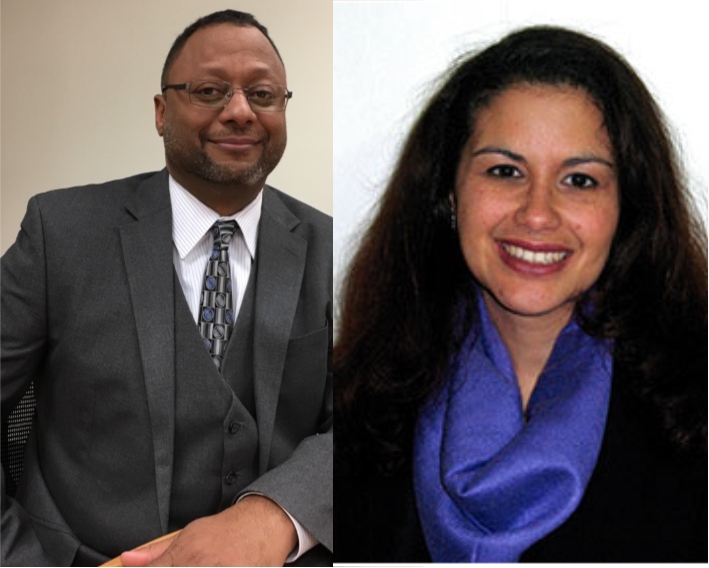 Dr. Anthony Jenkins and Ms. Neyda Fernadez-Evans co-teach Math Across the Curriculum for Alternate Route Teachers. Dr. Jenkins is a 20 year teaching and school leadership veteran currently serving as Principal in Plainfield School District. He also lectures widely for various organizations, including the Association of Math Teachers in New Jersey. Dr. Jenkins is currently the President of the Plainfield Association of School Administrators. Neyda Fernandez-Evans is a Math Education Specialist and career educator. Ms. Evans has had various experiences as an elementary and middle school teacher, lesson study leader, elementary administrator, content specialist, and supervisor of mathematics in the public, private and charter school sectors.
Dr. Anthony Jenkins and Ms. Neyda Fernadez-Evans co-teach Math Across the Curriculum for Alternate Route Teachers. Dr. Jenkins is a 20 year teaching and school leadership veteran currently serving as Principal in Plainfield School District. He also lectures widely for various organizations, including the Association of Math Teachers in New Jersey. Dr. Jenkins is currently the President of the Plainfield Association of School Administrators. Neyda Fernandez-Evans is a Math Education Specialist and career educator. Ms. Evans has had various experiences as an elementary and middle school teacher, lesson study leader, elementary administrator, content specialist, and supervisor of mathematics in the public, private and charter school sectors.